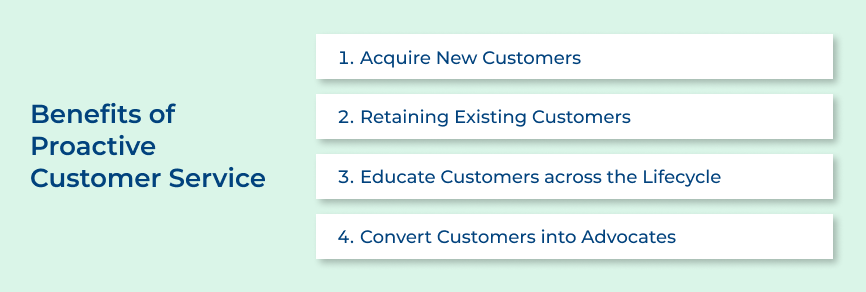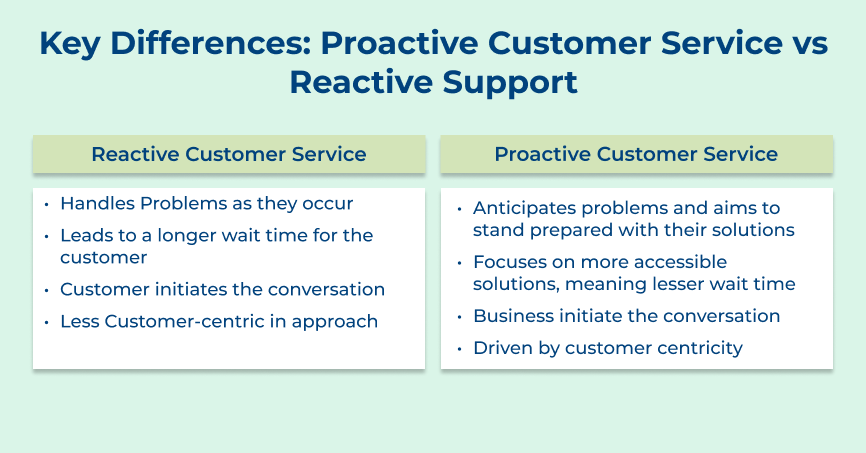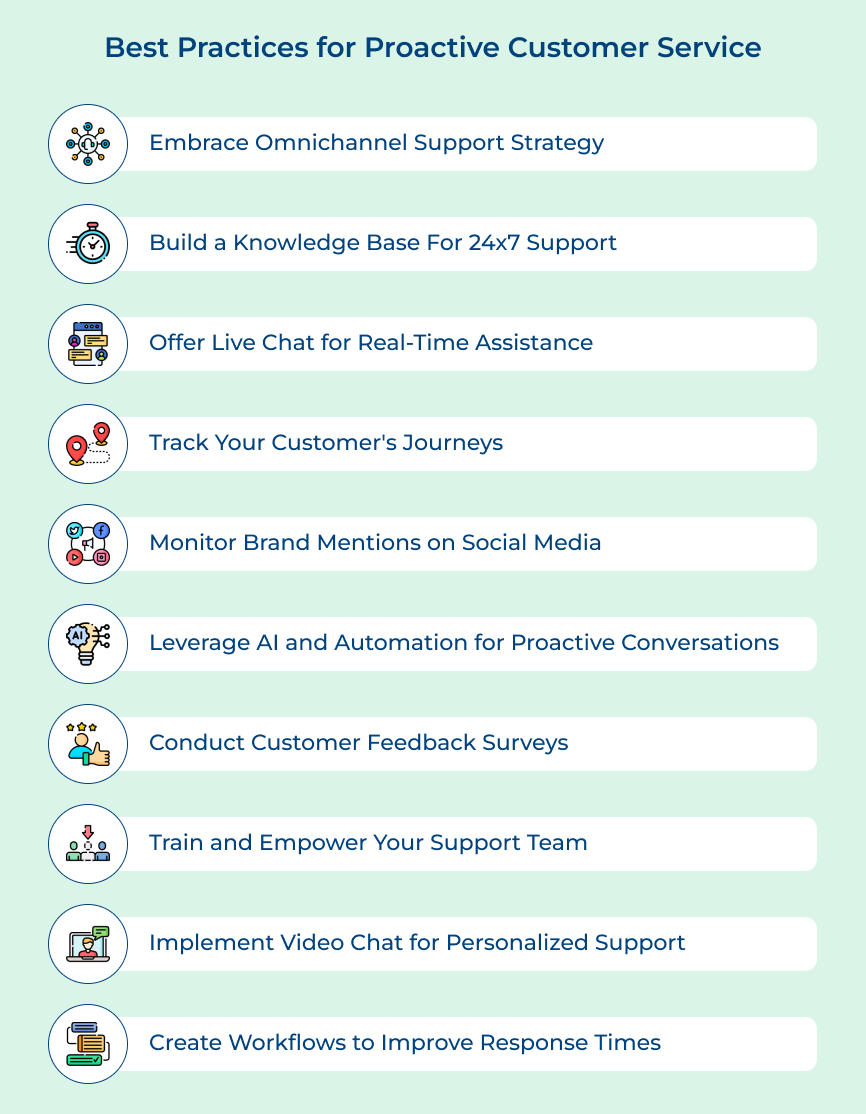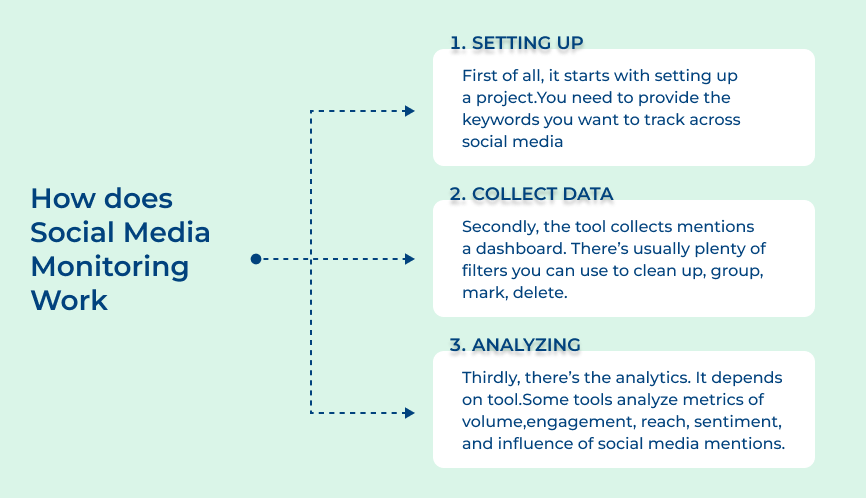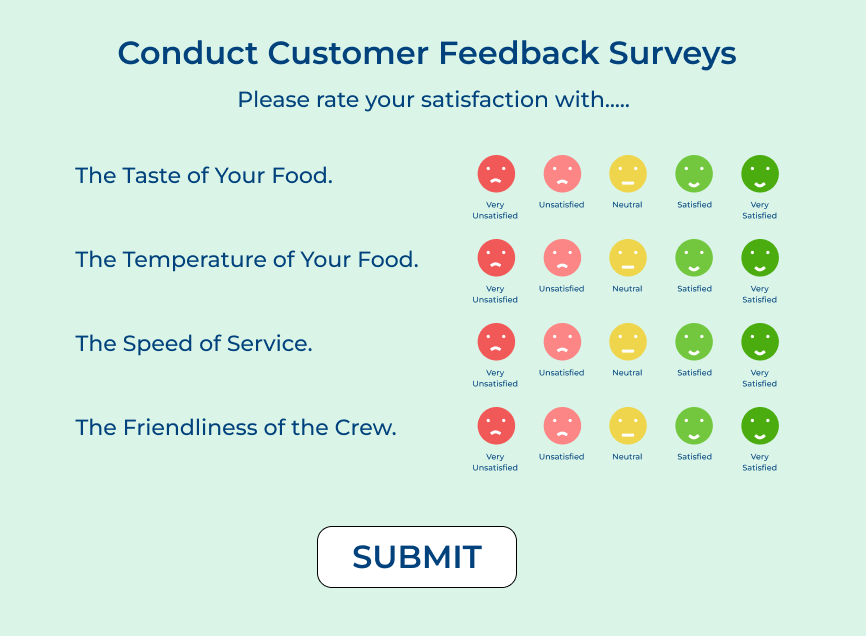The data can help identify potential issues in your business, allowing you to focus on improvements. It can also give you insights into the areas your customers need improvement. You can understand what changes need to be made to make their time with your brand more enjoyable.
Best Practices:
- Select the Right Survey Tools: Choose user-friendly survey tools that enable easy distribution and data collection. Ensure that the survey is mobile-responsive to capture feedback from a wide range of customers.
- Use closed and open-ended questions: Combine closed-ended questions (multiple-choice) for quantitative data and open-ended questions for qualitative insights. The approach provides a comprehensive understanding of customer sentiments and preferences.
- Act on feedback: Respond to customer feedback promptly and take appropriate actions to address concerns. Communicate the steps taken to resolve issues, showcasing a commitment to customer satisfaction and continuous improvement.
8. Train and Empower Your Support Team
The customer support team is at the heart of a proactive customer service strategy. They should be given all the necessary training and resources needed to succeed. It includes giving them access to relevant information like FAQs so they are able to provide answers quickly and confidently.
Companies must teach them how to handle challenging situations with empathy and understanding. It will ensure that even after customers experience difficulties, they’ll appreciate being treated like individuals rather than merely numbers or statistics.
Best Practices:
- Role-playing exercises: Conduct role-playing exercises during training sessions to help support agents handle various customer scenarios. The approach builds confidence and enhances problem-solving skills.
- Create a knowledge hub: Develop a centralized knowledge hub where support agents can access training materials, FAQs, and best practices. Regularly update the hub to ensure agents have access to the latest information.
- Encourage continuous learning: Offer opportunities for continuous learning and development. Investing in your support team’s growth facilitates expertise and empowers them to deliver exceptional customer experiences.
9. Implement Video Chat for Personalized Support
Video chat gives customers the opportunity to instantly connect with a representative when they have a problem. It also provides customers with an immediate personal connection, which can make them feel more valued as individuals. 54% of customers prefer video support over other communication channels.
Video chat support allows representatives to get visual cues when interacting with customers. It enables them to solve issues faster and customize solutions based on the customer’s needs. Video chat support leads to increased customer satisfaction and loyalty over time.
Best Practices:
- Train agents for video chat: Provide specialized training for support agents on how to conduct effective video chat interactions. It includes mastering video etiquette, active listening skills, and empathetic communication.
- Test video chat technology: Prioritize a seamless video chat experience by thoroughly testing the video chat technology. Ensure clear audio and video quality to avoid disruptions during customer interactions.
- Offer video chat by appointment: Consider offering video chat support by appointment for complex or personalized assistance. The approach allows agents to allocate sufficient time and resources to address each customer’s unique needs.
10. Create Workflows to Improve Response Times
Workflows are automated sequences of activities that can be used in customer service operations. They enable companies to respond quickly and efficiently by automating repetitive tasks while ensuring relevant information is always up-to-date.
Automated workflows help cut down response times by improving workflow speed and accuracy. It eventually leads to better experiences for customers who don’t have to wait long periods for their queries to be addressed.
Best Practices:
- Automate initial responses: Use automation to send immediate acknowledgment messages when customers submit inquiries or complaints. It assures customers that their concerns have been received and are being addressed.
- Establish escalation protocols: Create clear escalation procedures for complex or high-priority issues that require attention from senior support staff. Well-defined escalation paths ensure prompt resolutions and prevent delays.
- Measure and optimize workflow efficiency: Regularly assess workflow performance metrics, such as response times and issue resolution rates. Use the data to identify bottlenecks and optimize workflows to enhance efficiency.
Examples of Proactive Customer Service
Let us go through the examples of proactive customer service strategies that not only delight customers but also drive business success.
1. Live Chat Support
Live chat offers real time human conversations to ask questions about products and services. It gives team members the flexibility to research solutions on the spot for a better customer experience. The approach eliminates problems before they happen, improves lead conversion rates, and increases sales in the long run.
2. Utilize Self-Service Options
Self-service options give customers the ability to get quick answers to common questions and reduce customer service costs for businesses. Examples of self-service options include knowledge bases, articles and FAQs. Businesses can use chatbots that allow customers to quickly get answers to simple questions without having to interact with a live customer service representative.
3. Follow-up After Resolutions
Following up after problems have been resolved demonstrates that the business cares about its customer’s experience. It also reflects the company wants to make sure the customer is getting what they need. After difficult issues have been solved it is important to check in on the customer and show appreciation for their continued patronage.
Notch Up Your CX with Proactive Customer Care
One of the keys to adopting a customer-centric approach is providing proactive customer support. It shows customers that businesses value their time and are taking steps to ensure they get the help they need in a timely manner. Proactive customer support helps companies build customer loyalty because it increases satisfaction and reduces customer effort.
Organizations of all sizes are realizing that customer service isn’t just a ticket-based, reactive process. Proactive customer support opens up new opportunities for personalization based on insights about customer’s individual needs, enabling businesses to offer truly tailored experiences.







